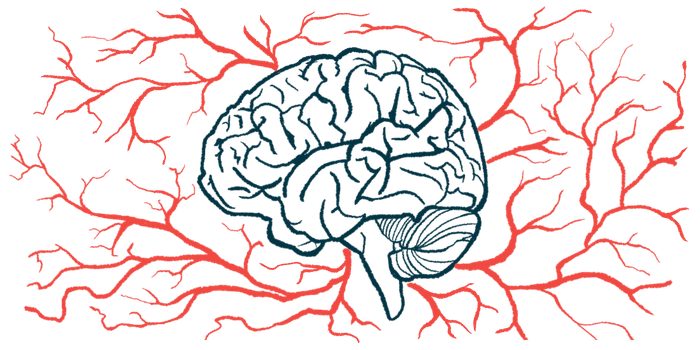Head trauma may be an early sign, not a cause of ALS: Study
People with brain injury have nearly 3 times higher risk of developing disorder

People with a history of traumatic brain injury (TBI) have a nearly three times higher risk of developing amyotrophic lateral sclerosis (ALS) than those who have not experienced a head injury, a new study found.
However, the risk is highest in the two years following a TBI and decreases over time, suggesting that in some cases, head trauma may be an early sign — not a cause — of underlying disease.
“These findings suggest that increased ALS risk following TBI may reflect reverse causality, with TBI in some individuals perhaps reflecting an early consequence of subclinical ALS,” researchers wrote in the study “Traumatic Brain Injury and Risk of Amyotrophic Lateral Sclerosis,” which was published in JAMA Network Open.
Researchers analyzed health records of nearly 350K people in UK
Although the exact causes of ALS remain unknown, both genetic and environmental factors may contribute to its development. Previous studies have linked repetitive episodes of head trauma, such as those experienced by contact sports players, to an increased risk of neurodegenerative diseases, including ALS.
However, whether a single head injury in the general population could raise ALS risk has remained uncertain. To address this question, researchers analyzed electronic health records from adults ages 18 or older across the U.K.
Between 2005 and 2020, 85,690 people had a documented TBI. These were compared with 257,070 individuals of the same age, sex, and socioeconomic background who had no history of head injury.
Participants were followed for a median of 5.7 years, providing more than 2 million person-years of data. Over this period, 150 new ALS cases were recorded — an overall rate of 7.05 cases per 100,000 person-years.
It seems plausible that the high ALS risk we observe in the years immediately following TBI might represent reverse causality. In other words, rather than TBI precipitating a neurodegenerative process culminating in ALS, TBI might represent an early complication of disease in individuals with preclinical ALS.
Results showed that individuals with a history of TBI had a 2.6 times higher risk of developing ALS compared with those without TBI. But when the researchers looked more closely at timing, they found that the increased risk was concentrated within the first two years after the head injury, where the risk of ALS was 6.2 times higher after a TBI. Beyond that period, the risk dropped to levels similar to those of the general population.
The researchers noted that this time-dependent pattern may suggest that TBI does not directly cause ALS, and instead occurs due to subtle symptoms that make individuals more prone to falls or accidents, leading to head injuries before ALS is diagnosed.
The study underscores the need for cautious interpretation of the relationship between head injury and ALS. While TBI may appear linked to higher ALS risk, the connection might reflect early signs of disease rather than a true cause-and-effect relationship.
“It seems plausible that the high ALS risk we observe in the years immediately following TBI might represent reverse causality. In other words, rather than TBI precipitating a neurodegenerative process culminating in ALS, TBI might represent an early complication of disease in individuals with preclinical ALS,” the team wrote.







